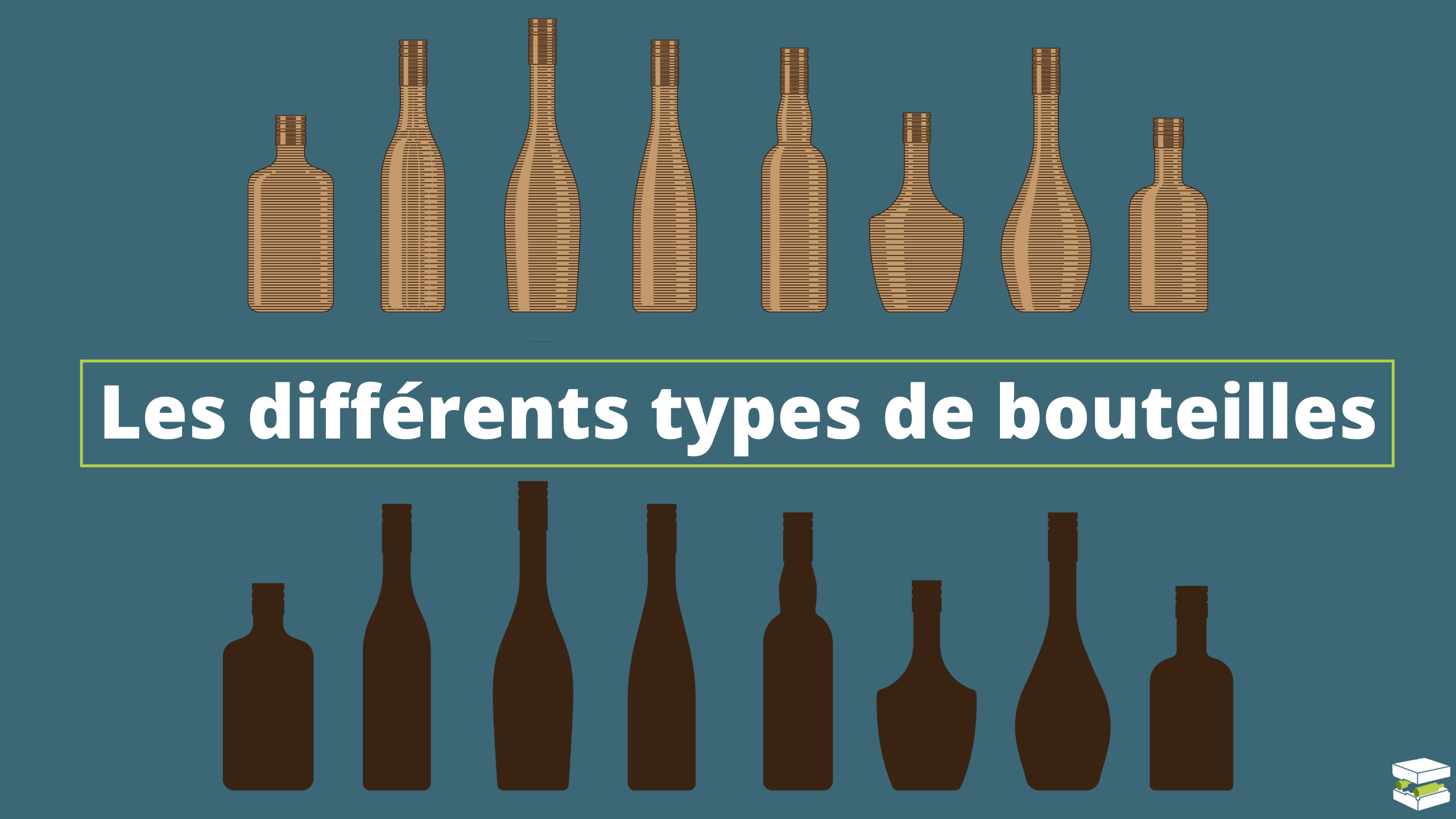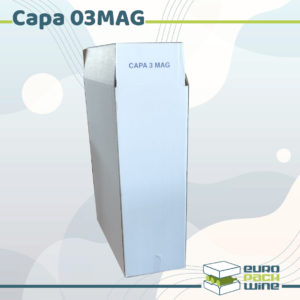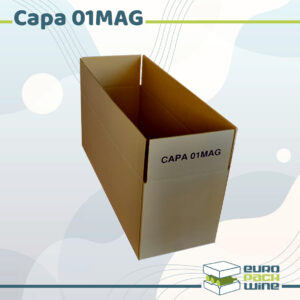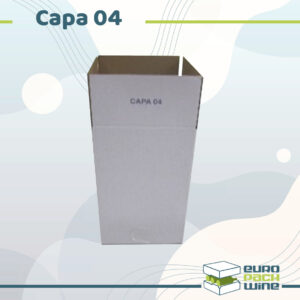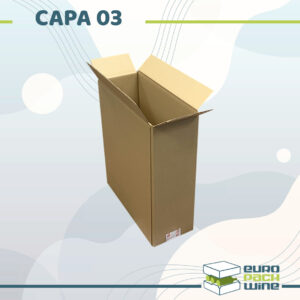The amphora, ancestor of the bottle

Very quickly, the glass bottle spread everywhere, and very quickly, each region, each name took on its own particular shape, for more or less reasons. Some bottles are even strictly regulated in the specifications of certain appellations. However, they do have some things in common: they all have a ring, a neck, a barrel and a base, often with a piqure (a hollow at the bottom of the bottle). Of course, these common rules vary from bottle to bottle. Let's take a look at the different shapes of our French bottles.



La Bourguignonne
La Champenoise
La Bordelaise/Frontignan
La Rhodanienne
La Provençale
Val de Loire/Ligérienne
Its shape is quite classic, similar to that of a Burgundy wine, with a thinner barrel. The Loire Valley coat of arms is traditionally engraved on the bottle. In Muscadet, we've even created a bottle reserved exclusively for the Muscadet sur Lie appellation; reserved but not obligatory. Slightly longer than the classic Val de Loire, it features a small wave and the words "Sur Lie".
The Jura clavelin
62 cl! That's the rule. The exception that confirms the European standard, which only requires 75 cl bottles. The Clavelin du Jura, a classic bottle for yellow wines, small, with broad shoulders and barrel, has kept its small capacity, representative of the loss of wine incurred during its long ageing period of 6 years and 3 months under yeast veil.
The Alsatian flute
Long and delicate, it's a must if you want to call yourself a Vin d'Alsace. You won't find it anywhere else, its distinctive feature being its flat base. This detail proves that the puncture, more or less important depending on the bottle, is not a guarantee of quality, as many Alsace wines are of course excellent!

